How to prepare for IT and Cybersecurity Job Interviews
At our Digital Natives Meetup on October 28th, Prem Jadhwani presented “How to prepare for IT and Cybersecurity Job Interviews.” Prem talked about how you should prepare for an interview. He also covered some of the most common cybersecurity job interview questions. When you are at a cybersecurity job interview it is important to speak knowledgeably about the specific job’s responsibilities and the field in general. In all cybersecurity positions, you must prove that you are trustworthy, reliable, possess problem-solving skills, have ingenuity, and can stay calm when facing difficult situations. Preparation is the key to making a good impression and landing a job in cybersecurity, so study these sample interview questions. These sample cybersecurity interview questions have been used at well-respected organizations like MITRE, Deloitte, Accenture, Cisco, Google, Lockheed, and others.
First Impression
Before you get into the technical side of the interview they will want to get a sense of who you are. They might ask about your background or schooling. Be sure to keep your answers positive and highlight your personality. Think of it as a concise elevator pitch. Tell them who you are, what you have accomplished, and what you are looking to do next. It is important to highlight your achievements and skills, what you have learned, and what you want to apply to this new position. Why are you excited about this opportunity? Be sure you have done your homework and know the company and the position you have applied for.
Why are you looking for a new position?
This question helps the interviewer understand why you want a change in your career. Are you looking for more responsibility? Do you want a change in skill sets? Are you looking for professional growth and feel you have outgrown your current role? What is it that motivated you to apply for this job? Explain your motivation for finding a new job in a way that shows that is opportunity is a positive change for you and the organization.
What are your greatest strengths and accomplishments?
This is your chance to use your current experience to show off your accomplishments. How did you help your old or current company? Did you design its latest firewalls that prevented breaches? Did you re-route the routers? Do you work well with people and show leadership skills? Have you won any awards or contracts? Talk about the types of technology you know well and how you made a positive impact on your position. How did you build solid relationships with your coworkers or how do you work well with others to accomplish a project? You want to highlight your accomplishments but also look like a positive team player.
What are your greatest weaknesses?
How did you overcome a problem at work? Be sure you are ready to share some mistakes or weaknesses. If you say you don’t have any then you will appear arrogant and not open to learning. Everyone makes mistakes and no one is good at everything. Dig into your past and show how you might have overseen the response to a breach of some other serious problem. It might not be your fault but it is how you handled it and showed professionalism or even out of the box thinking. You need to demonstrate that you learn from your mistakes and can handle a crisis.
How do you envision your first 90-day son the job?
Talk about how you are ready to jump in and start helping as soon as you can. You intend to meet with your team members and find out more about them and how you can work together. You will prioritize learning what your managers need from you and what all the stakeholders hope to achieve while also building a strong rapport with your co-workers. Ask what they are looking for or what they need to help with their job.

The Technical Questions
After the initial personality questions, you will start into the technical and cybersecurity-focused questions. They want to determine how much you understand and how well you would do in the position. Be sure to display your cybersecurity knowledge and give examples from your work history of how you performed tasks and prevented or solved problems.
What is on your home network?
Your home network is typically a test environment. How you work with it gives an indication of what you would do with someone else’s network.
What is the difference between a threat, a vulnerability, and a risk?
A threat is from someone targeting a vulnerability (or weakness) in the organization that was not mitigated or taken care of since it was not properly identified as a risk. You should expect a follow-up question asking which of the three focuses more on.
How do you go about securing a server?
You should be able to break down the steps for this especially if it refers to a specific type of server. Your answer will let them see your decision-making abilities and thought processes. Rember to trust no one and explain the principle of least privilege.
Why is DNS monitoring important?
Some will say that it is not necessary and that saying otherwise indicates that there are weaknesses in the domain name services. Others say DNS monitoring is prudent because DNS queries are data exfiltration vector form networks that allow any host to communicate to the Internet on Port 53.
What port does ping work over?
Watch out for this. Ping is a layer-3 protocol like IP; ports are an element of the layer-4 protocols TCP and UDP.
What is the difference between encoding, encrypting, and hashing?
This should inspire a short conversation about encryption, which gives you the chance to explain your knowledge of it.
What is SSL?
SSL is a standard security technology for creating an encrypted link between a server and a client (usually a web server and web browser.)
What are the differences between HTTPS, SSL, and TLS?
HTTPS is hypertext protocol and secures communications over a network. TLS is transport layer security and is a successor protocol to SSL. You have to demonstrate that you know the differences between the three and how network-related protocols are used to understand the inherent risk involved.
What sorts of anomalies would you look for to identify a compromised system?
This is your opportunity to show your expertise and ingenuity when you answer this question. One example is drawing out a basic network architecture with its IPS/IDS, firewalls, and other security technologies to describe the type of traffic and other signs of compromise.
If you have to both compress and encrypt data during a transmission, which would you do first?
Compress and then encrypt, since encrypting first might make it hard to show compression having much of an effect.
How would you strengthen user authentication?
Whatever way you answer, mention two-factor authentication or non-repudiation and how you would implement it.
How would you defend against a cross-site scripting (XXS) attack?
Come prepared with a thoughtful, concise plan for defending against this JavaScript vulnerability
What are the differences between cybersecurity in the cloud and on-premises?
Show that you understand the difference and the security risks inherent to both and which might be more appropriate for the company.
What does RDP stand for?
Remote desktop protocol and its port number is 3389.
What is the difference between symmetric and asymmetric encryption?
Symmetric encryption uses the same key to encrypt and decrypt, while asymmetric encryption uses different keys for encryption and decryption. Asymmetric encryption is commonly used to secure an initial key-sharing conversation, but then the actual conversation is secured using symmetric cyrpto. Communication using symmetric crypto is usually faster due to the slightly simpler math involved in the encryption/decryption process and because the session setup does not involve PKI certificate checking.
What is the difference between UDP and TCP?
They are both protocols for sending packets of information over the internet and are built on top of the internet protocol. TCP stands for transmission control protocol and is more commonly used. It numbers the packets it sends to guarantee that the recipient receives them. UDP stands for user datagram protocol. While it operates similarly to TCP, it does not use TCP’s error-checking abilities, which speeds up the process, but makes it less reliable.
What is a traceroute?
A traceroute, or tracert, can help you see where a breakdown of communications occurred. It shows what routers you touch as you move along to your final destination. If there is somewhere you cannot connect, you can see where it happened.
What is Cryptography?
Cryptography is the practice and study of techniques for securing information and communication mainly to protect the data from third parties that the data is not intended for.
What is the difference between IDS and IPS?
IDS is Intrusion Detection System and it only detects intrusions and the administrator has to take care of preventing the intrusion. In IPS i.e., Intrusion Prevention System, the system detects the intrusion and also takes actions to prevent the intrusion.

Last few questions
After the technical questions are finished you get a few final questions.
What tech blogs do you follow?
Show that you stay current by telling the interviewer how you get your cybersecurity news. These days, there are blogs for everything, but you might also have news sites, newsletters, and books that you can reference.
What do you do in your spare time outside of cybersecurity?
This just gives the interviewer a better feel for who you are and to see if you would be a good culture fit with your potential team. You don’t need to get too personal with details, but you can talk about your hobbies, your family, the last vacation you took, or how often you like to work out. Show some personality and make a connection.
Where do you see yourself in five years?
Emphasize how you are looking to further your knowledge and skills and how that will benefit the company. Tell the interviewer that you see yourself moving up to a more senior position and continuing to contribute to the organization in a significant way. Drive home the point that they should make an investment in you!
Do you have any questions?
This is your chance to find out more about the company and position. You are interviewing them as much as they are interviewing you. Ask about the work environment and what the company expects of you. Find out more about the day-to-day responsibilities and whether there any special projects on the horizon. See if you feel the company is a good fit for you.
See more Theoretical Questions
Tips to build a professional Linked-in Profile
Free Resume Review & Recommendations






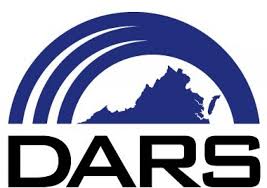


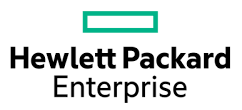







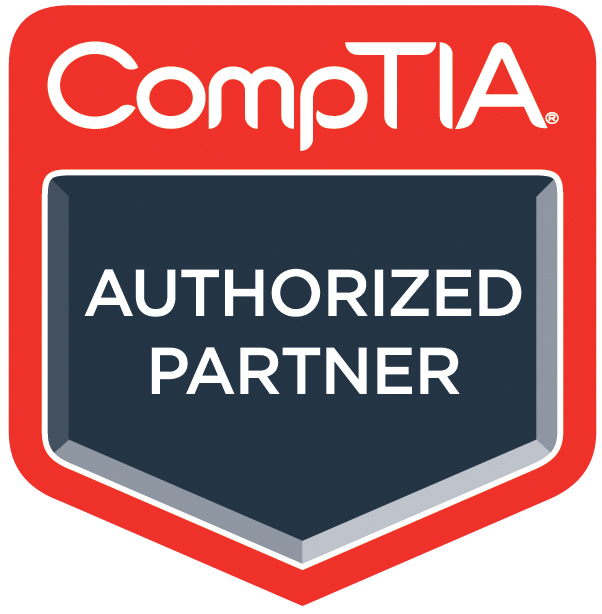




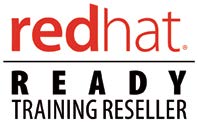







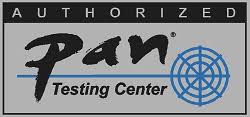
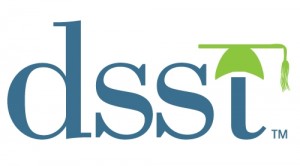
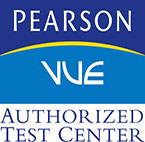
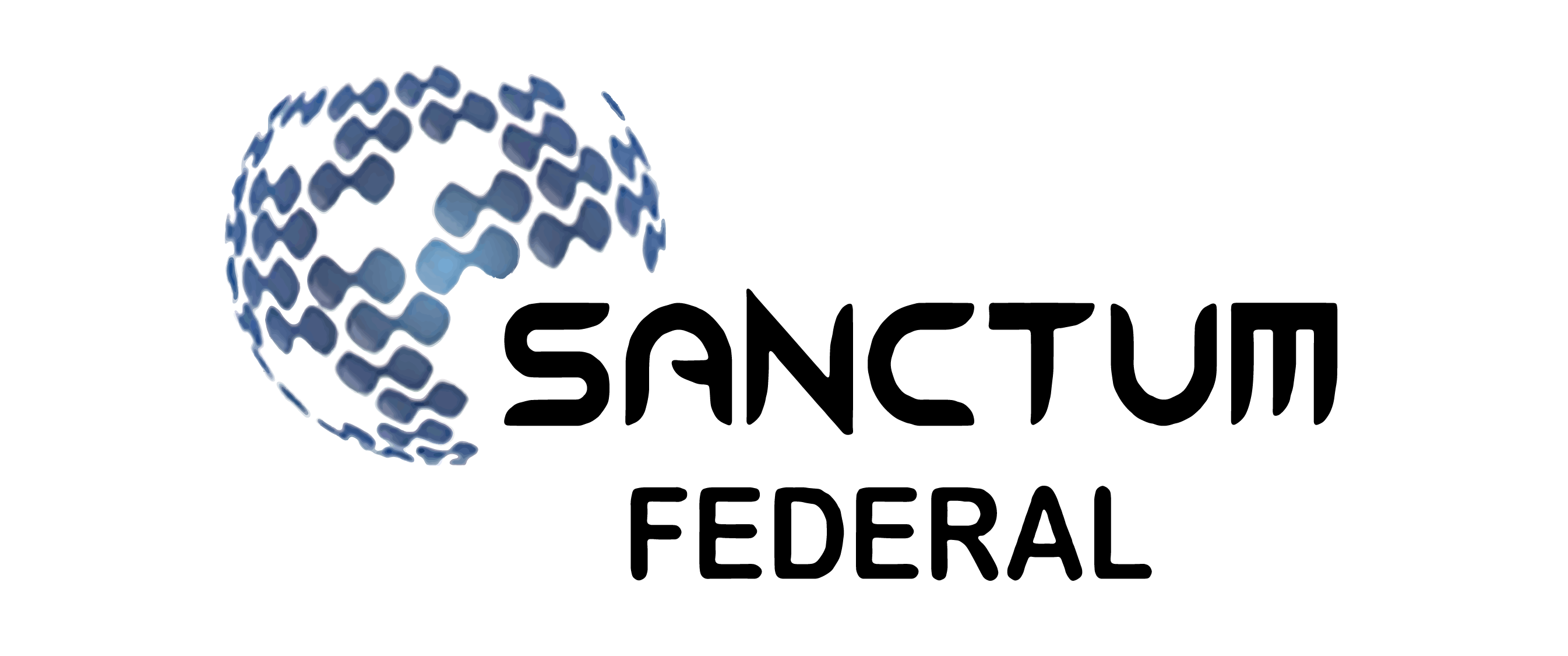

Leave a Reply
You must be logged in to post a comment.